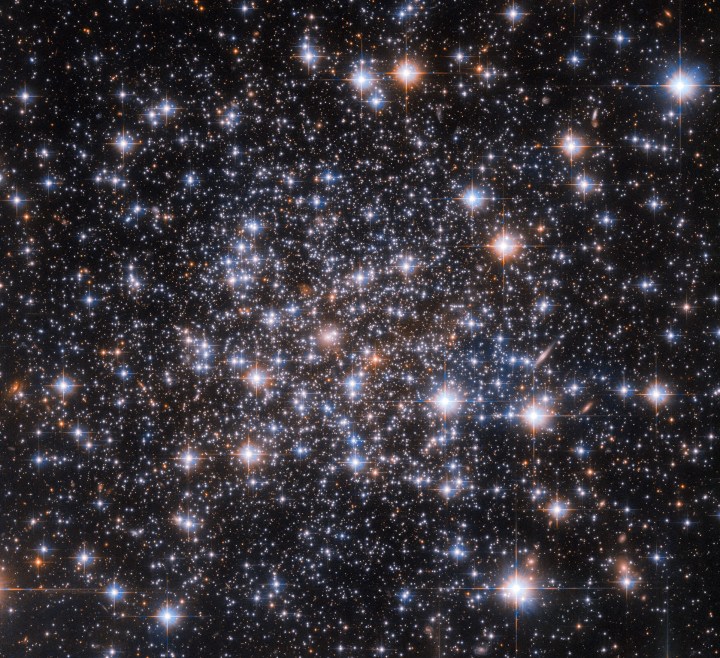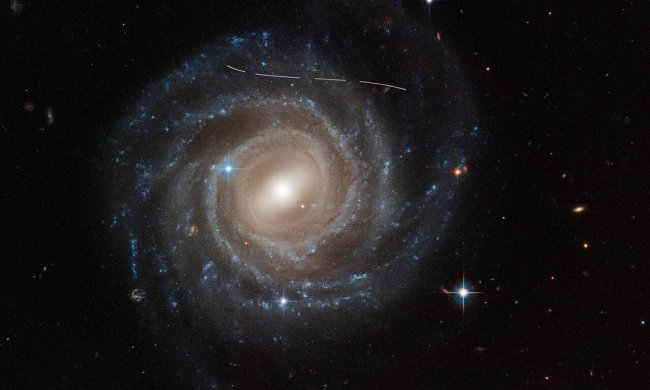This week’s image from the Hubble Space Telescope shows a sparkling collection of thousands of stars. One formation commonly seen within galaxies is called a globular cluster, in which thousands of stars are grouped tightly together in a spherical shape. The name comes from the Latin globulus, meaning small spherical body, as that is how they appear in the sky.
When seen up close, however, these globular clusters are dazzling arrays that can include hundreds of thousands of stars shining brightly. Researchers are interested in globular clusters because they can be some of the oldest objects in their galaxies, making them useful for estimating how old a given galaxy is.

This particular globular cluster, called Ruprecht 106, is unusual though. That’s because it is thought to be a rare type called a single population globular cluster, in which all the stars are the same age and formed around the same time.
“While the majority of stars in a globular cluster formed at approximately the same location and time, it turns out that almost all globular clusters contain at least two groups of stars with distinct chemical compositions. The newer stars will have a different chemical make-up that includes elements processed by their older, massive cluster companions,” Hubble scientists explain. “A tiny handful of globular clusters do not possess these multiple populations of stars, and Ruprecht 106 is a member of this enigmatic group.”
Typically, in a globular cluster you would see multiple generations of stars, as some have reached the end of their lives and new stars have been born. Astronomers can tell these different generations apart by their composition, as younger stars have more, heavier elements. But in this globular cluster, everything seems to be of one generation. Astronomers continue to research this cluster to understand why it is so different from the typical globular cluster.



